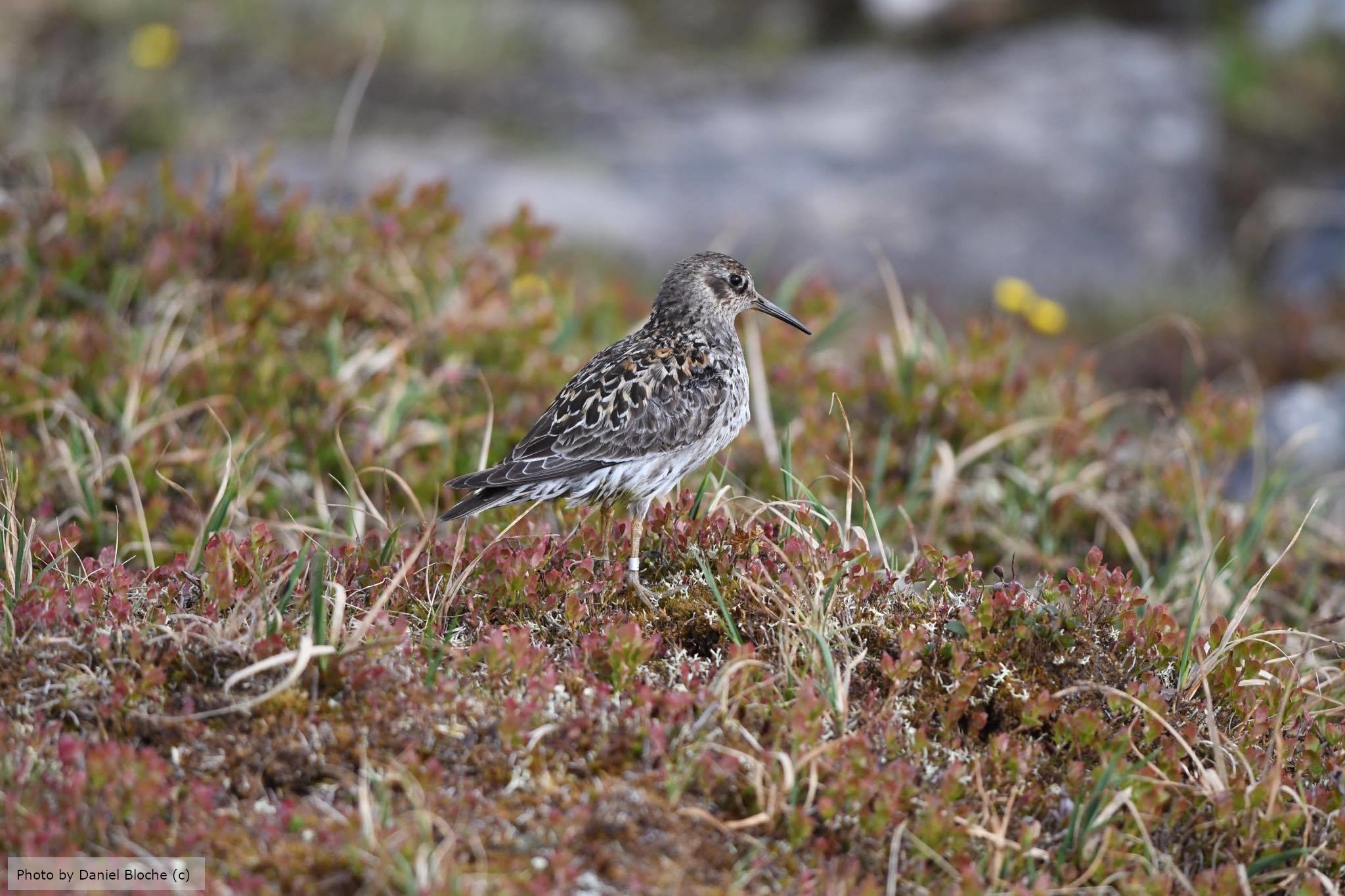Population trends of birds in alpine habitats at Ammarnäs in southern Swedish Lapland 1972—2011
DOI:
https://doi.org/10.34080/os.v23.22578Keywords:
population studies, survey, range expansion, conservation, population changes, monitoringAbstract
All birds were counted along six permanent routes (total length 90 km) located in the low alpine zone (800–1,000 m.a.s.l.) at Ammarnäs, southern Lapland, during forty years, 1972–2011. Eighty-three species were recorded; average 41 species and 1,677 birds per year. Number of species as well as population size increased for waterfowl, waders and other non-passerines but not for passerines. Thirteen of the thirty-eight most regular species had significant population trends, twelve of them positive. The route counts correlated well with the number of pairs in two adjacent territory mapping plots. The trends also correlated positively with those found in all mountain routes of the Swedish Bird Survey. Although not quite significant this similarity indicates that common large-scale factors are involved in governing the local population changes. Several of the species that have their main distribution at lower levels are expanding their ranges into the alpine zone. Despite the predominance of positive trends some species have more or less severe problems, requiring deeper studies or conservation measures: Melanitta fusca, Aythya marila, Philomachus pugnax, Eremophila alpestris and Plectrophenax nivalis.
Downloads

Downloads
Published
How to Cite
Issue
Section
License
The copyright of each contribution belongs to the author(s), but all contributions are published under a Creative Commons license, so that anyone is free to share and reuse the contribution as long as the copyright holder is attributed.







